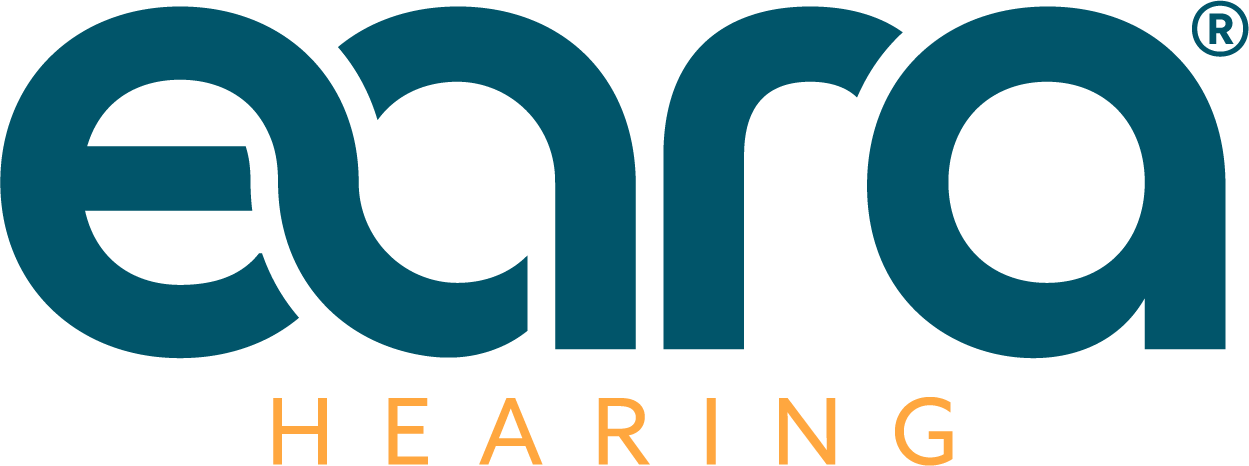With technological advancements advancing at an unprecedented pace, the realm of hearing aid technology is also evolving rapidly. As we look ahead, it's fascinating to consider how these innovations will transform the lives of individuals experiencing hearing loss. This article will explore the future trends in hearing aid technology, shedding light on emerging developments such as OTC hearing aids, advancements in connectivity, and the increasing importance of audiologists in this landscape. Furthermore, we will consider how these changes will specifically cater to individuals suffering from tinnitus and other hearing impairments.
Understanding Hearing Loss and Its Implications
Before delving into the specific advancements, it's essential to grasp the significance of hearing loss. With millions of people affected globally, hearing loss is no longer just an individual issue but a public health concern. The World Health Organization (WHO) estimates that over 1.5 billion people worldwide experience some degree of hearing loss. From age-related decline to noise-induced damage, various factors contribute to this growing condition.
Tinnitus is another prevalent but often misunderstood aspect of hearing health. Characterized by a persistent ringing or buzzing in the ears, tinnitus can exacerbate the challenges faced by those with hearing loss. As we explore the future trends in hearing aid technology, addressing these complimentary issues becomes increasingly pertinent.
The Rise of Over-the-Counter (OTC) Hearing Aids
One of the most significant shifts within the hearing aid industry is the introduction of OTC hearing aids. These devices, designed for adults with mild to moderate hearing loss, can be purchased without a prescription. This innovative trend marks a pivotal change in the accessibility and affordability of hearing assistance.
The implications of OTC hearing aids are profound. For many individuals who struggle with hearing loss yet hesitate to consult an audiologist, OTC options remove barriers to entry. Consumers can now choose solutions that suit their lifestyles without the pressure of a clinical setting. This self-management approach allows users to tailor their hearing experience more intimately, which is beneficial, especially for those just beginning their journey into hearing aid usage.
Accessibility for Diverse Audiences
OTC hearing aids cater to an extensive variety of users, considering factors like age, lifestyle, and personal preference. By democratizing access to hearing health solutions, these devices allow people from different backgrounds to engage in conversations, connect with loved ones, and enhance their quality of life. As the market for OTC hearing aids continues to grow, we can expect an exciting range of options that reflect the nuanced needs of individuals experiencing hearing loss.
Challenges and Considerations
Despite their advantages, OTC hearing aids come with their own set of challenges. One of the underlying risks is the potential for improper fitting or selection without professional guidance. This is where the role of audiologists becomes increasingly critical. Audiologists can provide the necessary support and education, ensuring that technology is effectively matched to individual needs.
Smart Devices and Connectivity
As technology continues to seep into every aspect of our lives, hearing aid technology hasn’t been left behind. The growing connectivity of smart devices hints at a future where hearing aids not only assist with hearing loss but also integrate seamlessly with consumer technology. Imagine hearing aids that can connect to smart home devices, music streaming platforms, or virtual assistants.
Bluetooth Technology
Bluetooth technology plays a vital role in this integration, allowing users to connect their hearing aids to smartphones, tablets, and other electronic devices. This feature provides unprecedented control over sound settings, streaming capabilities, and even phone calls directly through the hearing aid. As manufacturers innovate, we can expect future devices to adopt advanced algorithms that tailor audio experiences based on user preferences.
Enhanced User Control
The future of hearing aid technology will empower users with greater control over their hearing experience. Features like mobile apps will likely allow users to adjust settings, monitor battery life, and even receive notifications for maintenance needs, all from the convenience of their smartphones. This kind of personalization is crucial for those managing hearing loss, lending them a sense of autonomy in mastering their auditory landscape.
Artificial Intelligence in Hearing AidsArtificial intelligence (AI) is reshaping industries around the world, and hearing aids are no exception. The incorporation of AI technology opens the door to significant advancements in how hearing aids process sound.
Real-Time Adaptation
Future hearing aids equipped with AI will be capable of real-time sound adaptation. Imagine devices that can learn user preferences and automatically adjust settings based on environmental conditions! Whether it’s a quiet living room, a bustling restaurant, or a windy outdoor event, AI will ensure that sounds are optimized for clarity and comfort.
Enhanced Sound Processing
Another promising application of AI in hearing aids is enhanced sound processing. AI algorithms can identify and prioritize speech while minimizing background noise. This will be especially beneficial for individuals with hearing loss, allowing them to focus on conversations and recover important social connections.
Tinnitus Management - A Bright Future
While many hearing aids serve purely to amplify sound, the future of hearing aid technology holds hope for even more specialized solutions for tinnitus management. Many individuals with tinnitus often experience difficulty in daily activities. The convergence of audio therapy and hearing aids presents a captivating avenue for innovation.
Custom Sound Therapy
Future hearing aids may incorporate customized sound therapy that targets specific frequencies to help mask the disruptive perception of internal sounds. Through this capability, wearers may find relief from the constant noise that can accompany tinnitus, significantly enhancing their quality of life.
Data Tracking and Reporting
The integration of data tracking and reporting features into hearing aids presents another potential breakthrough in tinnitus management. By monitoring user symptoms and responses to sound therapy, audiologists can gather critical insights on treatment efficacy. This synergy between technology and professional expertise will maximize patient outcomes and optimize hearing care.
Personalization through 3D Printing and Customization
As the demand for personalized healthcare continues to rise, hearing aid technology is responding with exciting customization options. The rise of 3D printing technology allows for more precise fitting of hearing aids, ensuring a comfortable and effective fit for every user.
Rapid Prototyping and Custom Mold Creation
Using advanced scanners, audiologists can create personalized molds of a user's ear canal. This process allows for rapid prototyping and efficient custom mold creation tailored to the individual’s anatomy. A perfect fit not only enhances user comfort but also improves sound quality and amplification, ultimately leading to better outcomes for those with hearing loss.
The Look and Feel
The advancements in customization go beyond just the technical aspects. Future hearing aids will likely offer aesthetic choices, allowing users to express their style preferences through colors and designs, making them less visually conspicuous. This variety can help increase user acceptance and satisfaction, especially among younger audiences grappling with hearing loss.
The Role of Audiologists in Today’s Technological Age
As hearing aid technology continues to evolve, the role of audiologists becomes increasingly vital. These professionals bridge the gap between innovation and user experience, ensuring that patients receive the benefits of modern technology with the personalized care they require.
Guidance and Support
Audiologists provide essential guidance in selecting the right hearing aid for an individual's specific needs, taking into consideration their degree of hearing loss, lifestyle, and personal preferences. In this rapidly changing landscape, audiologists play a critical role in educating their clients about OTC hearing aids, ensuring that users understand their options and can make informed decisions about their hearing health.
Continuous Care and Adjustment
Moreover, audiologists are key in the ongoing care and adjustment of hearing aids. They ensure that devices are appropriately calibrated and adjusted to meet the user’s evolving needs. This continuous support model helps foster a relationship of trust, encouraging users to adapt to and embrace their hearing aids more fully.
The Future Looks Bright
The future of hearing aid technology is awash with possibilities and opportunities. From the introduction of OTC hearing aids that make technology more accessible, to innovations such as AI, connectivity, and personalized fittings, we are on the brink of a new era in hearing health. The potential for improved management of hearing loss and tinnitus is indeed promising. As we continue to explore the intersection of technology and healthcare, the outlook remains bright for individuals navigating hearing challenges.
By embracing awareness and harnessing these technological advancements, we can look forward to a future where those experiencing hearing loss can reclaim their auditory experiences, engage in rich conversations, and enjoy life to the fullest. The journey of innovation is just beginning, and there has never been a better time to embrace the future of hearing aid technology.






















